Spotlight on Reels for the New Year
Jan 8, 2025
To understand the value of mindfulness in helping us to achieve our wish to be happy, and free from problems caused by minds such as stress, anxiety and anger, we first need to ask: What is the real source of happiness? What is mindfulness? What is meditation?
By finding answers to these questions we will realize that mindfulness training is essential for successful meditation, and meditation is the best method by which we can fulfill our wish to be happy and find meaning in our life. With this understanding, our training in mindfulness exercises will bring lasting happiness to ourself and others.
In his book, How to Transform Your Life, Venerable Geshe Kelsang Gyatso explains clearly how to make mindfulness training and meditation an integral part of modern, daily life. Extracts from the book, also available as a free eBook download, are included in the explanation that follows.

“These instructions are scientific methods to improve our human nature.”
(No sign-up required)
Although we all wish for happiness all the time, very few of us understand what is the real source of happiness. In his book, How to Transform Your Life, Venerable Geshe Kelsang Gyatso explains:
'The real source of happiness is inner peace. If our mind is peaceful, we will be happy all the time, regardless of external conditions, but if it is disturbed or troubled in any way, we will never be happy, no matter how good our external conditions may be. External conditions can only make us happy if our mind is peaceful. We can understand this through our own experience. For instance, even if we are in the most beautiful surroundings and have everything we need, the moment we get angry any happiness we may have disappears. This is because anger has destroyed our inner peace.
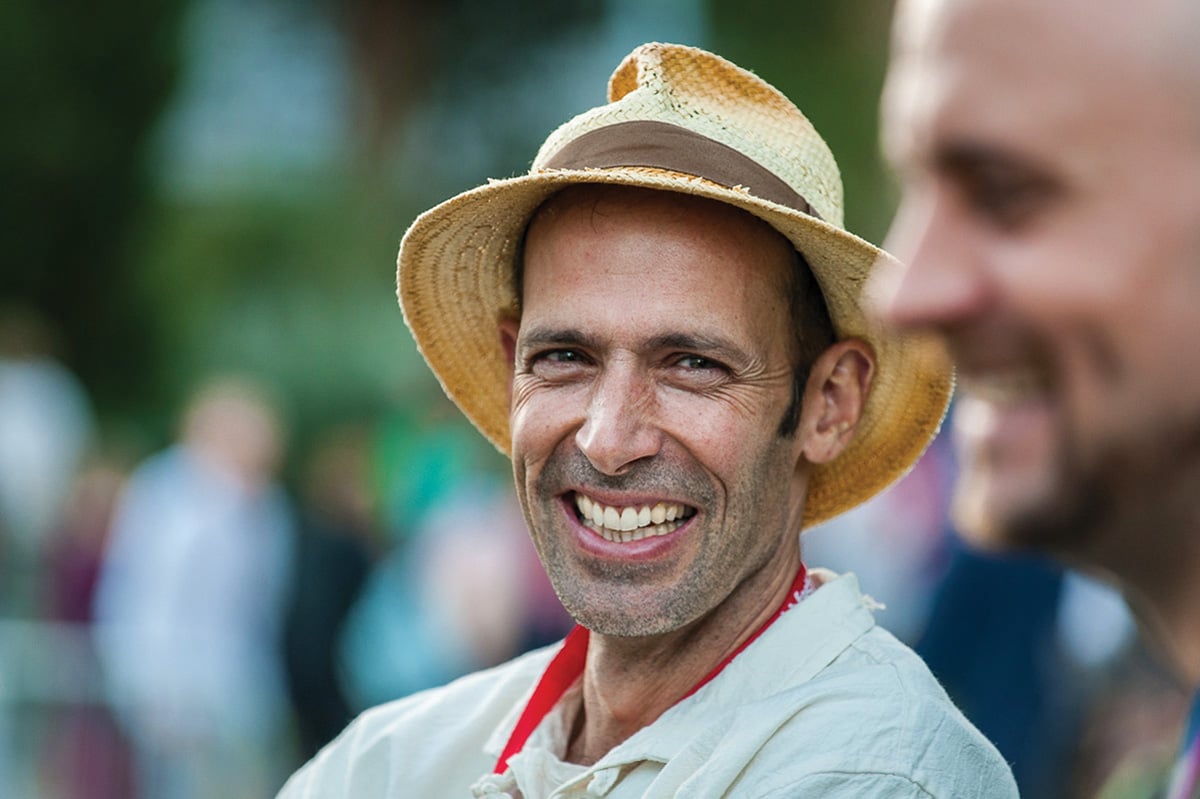
'We can see from this that if we want true, lasting happiness we need to develop and maintain a special experience of inner peace. The only way to do this is to train our mind through spiritual practice – gradually reducing and eliminating our negative, disturbed states of mind and replacing them with positive, peaceful states. Eventually, through continuing to improve our inner peace we will experience supreme permanent peace of mind, or ‘nirvana’. Once we have attained nirvana we will be happy throughout our life, and in life after life. We will have solved all our problems and accomplished the true meaning of our human life.'
Venerable Geshe Kelsang Gyatso
‘Analytical meditation involves contemplating the meaning of a spiritual instruction that we have heard or read. By contemplating such instructions deeply, eventually we reach a definite conclusion, or cause a specific virtuous state of mind to arise. This is the object of placement meditation. We then concentrate single-pointedly on this conclusion or virtuous state of mind for as long as possible to become deeply acquainted with it. This single-pointed concentration is placement meditation.’
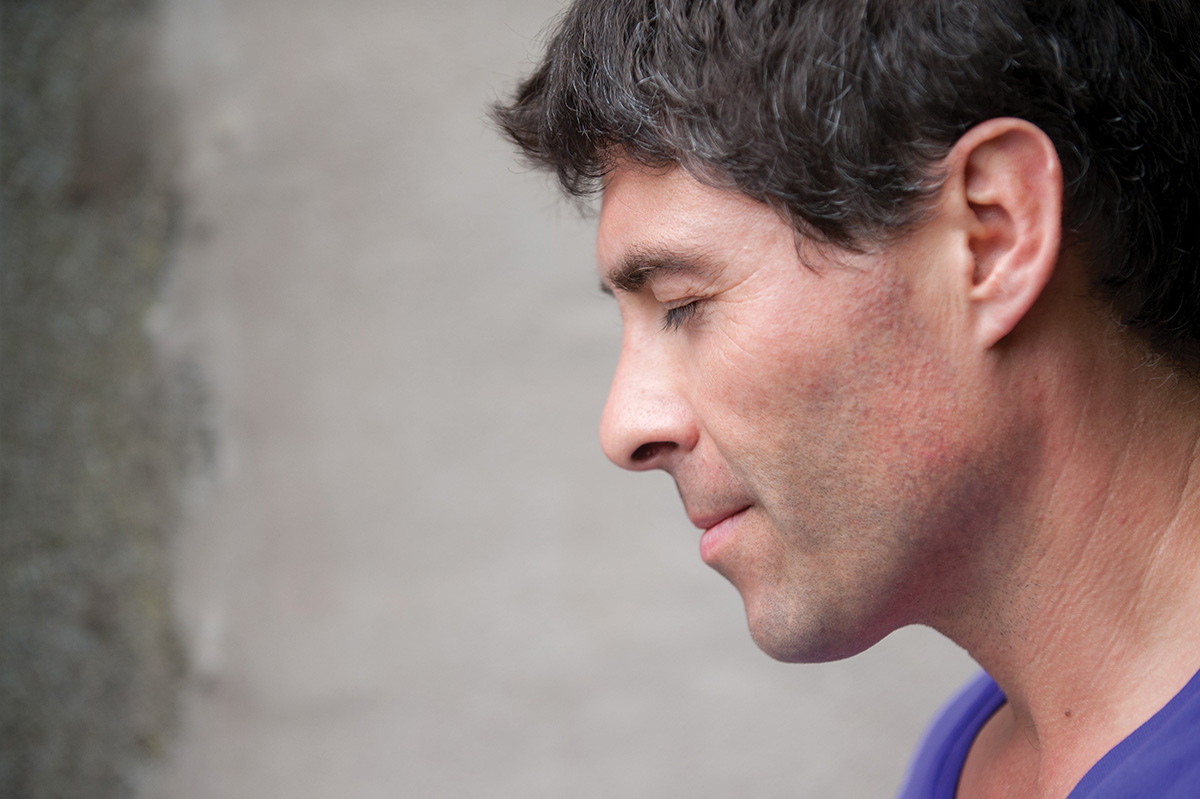
For effective placement meditation we need to develop the skill of not forgetting the object we have chosen to meditate on. If we are continually being distracted by thoughts and feelings other than the object of meditation, or if we fall prey to dullness and focus on nothingness, we will never be able to concentrate on the meditation object. Our meditation practice will then be powerless to bring about any positive changes in our life. Mindfulness is a function of mind that holds the object of meditation and, by causing us to not forget it, prevents distractions. For effective meditation it is essential to strengthen our mindfulness.
Mindfulness works together with alertness, which is that part of our mind that checks to see if we are still holding the object of mindfulness. Meditation practice also depends on concentration, a single-pointed mind that induces inner peace through focusing on the meditation object. Mindfulness is essential for successful meditation, and as Venerable Geshe Kelsang Gyatso says, ‘is the life of concentration’.
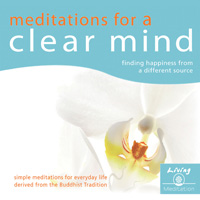

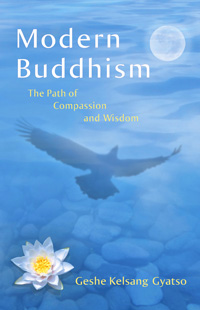
To train in mindfulness during the meditation session, we need to engage regularly in a meditation practice. To do this, in every meditation session we first need to identify a specific meditation object to focus on. Breathing meditation can be helpful in initially settling our mind, but breathing meditation alone will not have a transformative or long-lasting beneficial effect on our mind.
On the basis of having settled our mind, we then need to move our concentration to focus on more meaningful objects of meditation, such as those described in the stages of the path teachings. These were initially presented by the Indian Buddhist Master, Venerable Atisha, who taught widely in Tibet in the 11th Century AD.
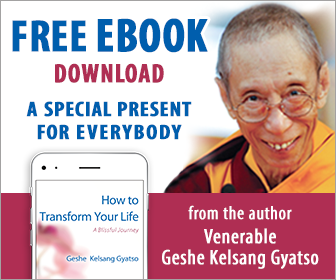
One of the most important realizations of the stages of the path teachings is to develop a mind that cherishes others. In the following excerpt from How to Transform Your Life, Venerable Geshe Kelsang Gyatso explains that we begin by contemplating the benefits of cherishing others. This gives rise to a determination to cherish others, and it is this determination which is the object that we hold with our mindfulness during our meditation training:
'The mind that cherishes all living beings is extremely precious. Keeping such a good heart will result only in happiness for ourself and all those around us. This good heart gives rise to universal compassion – the spontaneous wish to permanently liberate all living beings from fear and suffering. This eventually transforms into the universal compassion of an enlightened Buddha, which actually has the power to protect all living beings from suffering. In this way, cherishing others leads us to the ultimate, supreme goal of human life.
'Through contemplating all these advantages of cherishing others we arrive at the following determination:
"I will cherish all living beings without exception because this precious mind of love is the supreme method for solving all problems and fulfilling all wishes. Eventually it will give me the supreme happiness of enlightenment."
'We meditate on this determination single-pointedly for as long as possible, and develop a strong feeling of cherishing each and every living being.

Mindfulness is not something that we practise only during the meditation session. We need to bring our positive experiences during meditation into our daily experiences, which we do by not forgetting and being mindful of the meditation object during the meditation break, our daily life.
'When we rise from meditation we try to maintain this feeling and put our resolution into practice. Whenever we are with other people we should be continuously mindful that their happiness and freedom are at least as important as our own. Of course we cannot cherish all living beings right away, but by training our mind in this attitude, beginning with our family and friends, we can gradually extend the scope of our love until it embraces all living beings. When in this way we sincerely cherish all living beings, we are no longer an ordinary person but have become a great being, like a Bodhisattva.’This way of practising in our daily life will also greatly enhance our mindfulness training in future meditations. If we regard our daily experiences as opportunities to train in mindfulness exercises, when we return to focus on the same meditation object during the meditation session, our mindfulness will be strengthened by our training during the meditation break. Training in this way during our daily life is very powerful even when our mindfulness training in meditation is not very successful. As Venerable Geshe Kelsang Gyatso says when explaining the practice of abandoning our self-cherishing, a mind that cherishes our own happiness while neglecting the happiness of others:
‘Even when our meditation is not going well, we can practise mindfulness and alertness in our daily life and stop self-cherishing as soon as it arises. This is a simple practice but it has great results. If we train in it continuously, our problems will disappear and we will naturally be happy all the time. There are people who have succeeded in completely abandoning their self-cherishing and who now cherish only others. As a result, all their problems have disappeared and their minds are always filled with joy. I guarantee that the less you cherish yourself and the more you cherish others the happier you will become.’
How to Transform Your Life, by Venerable Geshe Kelsang Gyatso, provides all the necessary techniques and practical advice we need to make real, inner development and transformation. In the Introduction, he says:
‘Through practising the instructions presented in this book we can transform our life from a state of misery into one of pure and everlasting happiness. These instructions are scientific methods to improve our human nature. Everybody needs to be good-natured with a good heart, because in this way we can solve our own problems as well as those of others, and we can make our human life meaningful. Every living being has the same basic wish – to be happy and avoid suffering. Even newborn babies, animals and insects have this wish. It has been our main wish since beginningless time and it is with us all the time, even during our sleep. We spend our whole life working hard to fulfil this wish.’

(No sign-up required)
Receive weekly gems of inspiration from each chapter of How to Transform Your Life, to help you establish a regular practice of training your mind.

At Tharpa Publications we value your privacy and your email will not be passed on to 3rd parties. You have the option to unsubscribe at any time using the unsubscribe link at the bottom of each email or by contacting [email protected]